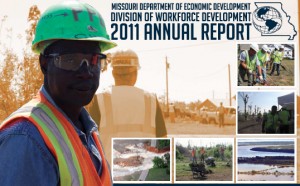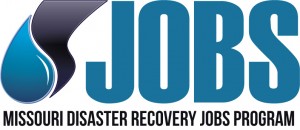 Something very significant is happening in Workforce Development: With a labor market in flux and public resources shrinking, workforce leaders are finding new ways to advance workforce development goals in their communities by finding new ways to lead. The Enhancing Workforce Leadership Initiative was designed to explore the meaning and practice of leadership in workforce development, identify the skills and behaviors that help leaders succeed, and inform the development of tools, resources, and opportunities intended to build next-generation leadership capacity within the workforce system.
Something very significant is happening in Workforce Development: With a labor market in flux and public resources shrinking, workforce leaders are finding new ways to advance workforce development goals in their communities by finding new ways to lead. The Enhancing Workforce Leadership Initiative was designed to explore the meaning and practice of leadership in workforce development, identify the skills and behaviors that help leaders succeed, and inform the development of tools, resources, and opportunities intended to build next-generation leadership capacity within the workforce system.
The Weadership Framework describes six practices of leadership that offer new approaches to workforce leaders and policy makers to advance workforce development goals in their communities. More online resources including video, audio recordings, slidedecks, discussion summaries, toolkits, and social media are available on the project’s web archive at EnhancingWorkforceLeadership.org



